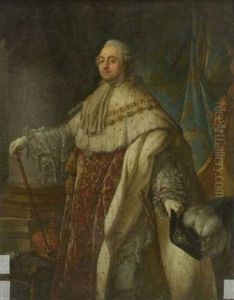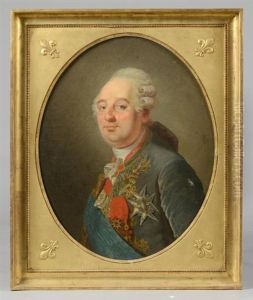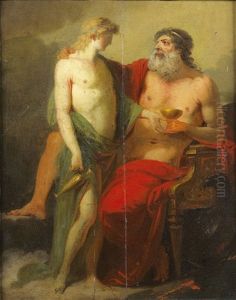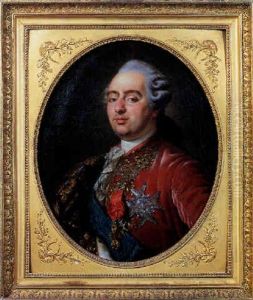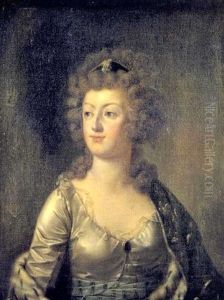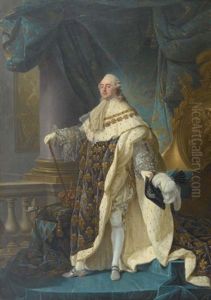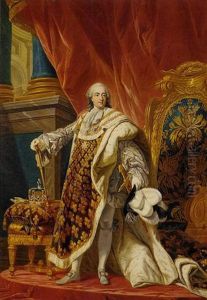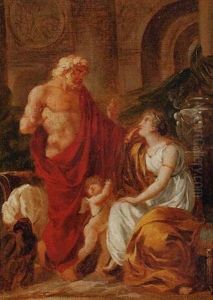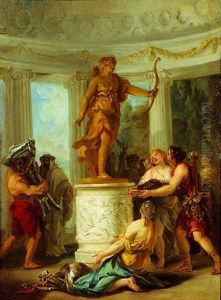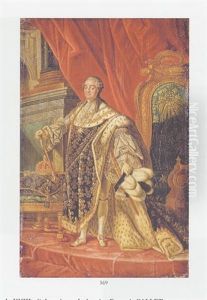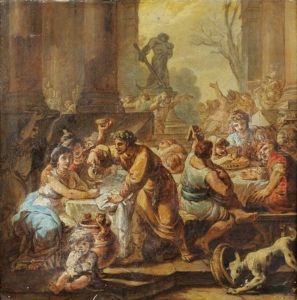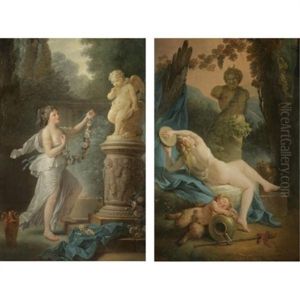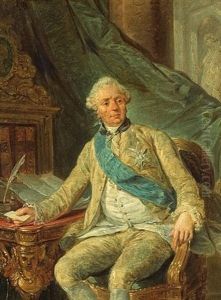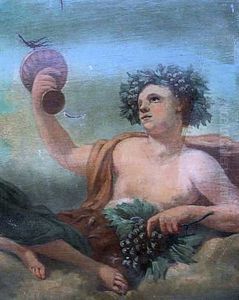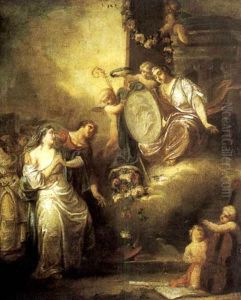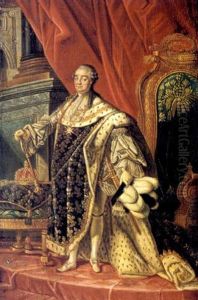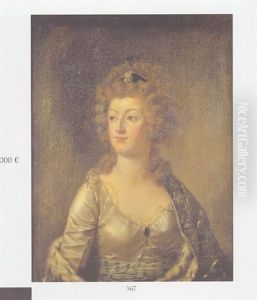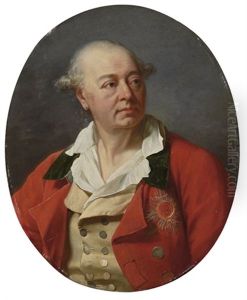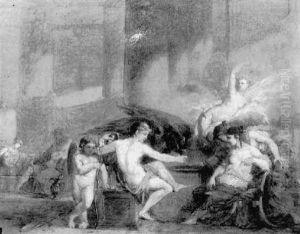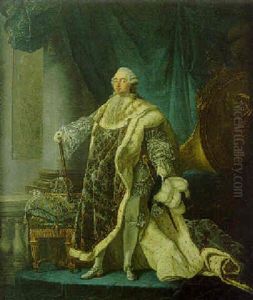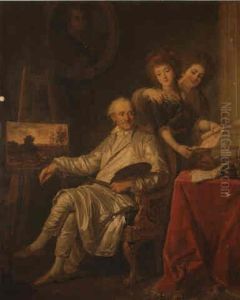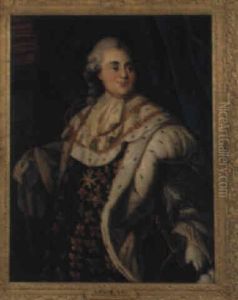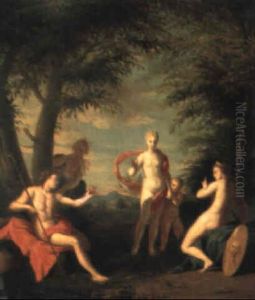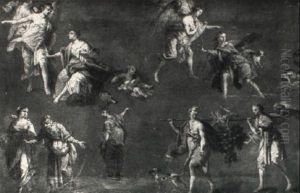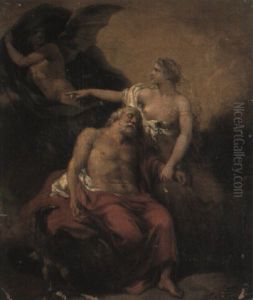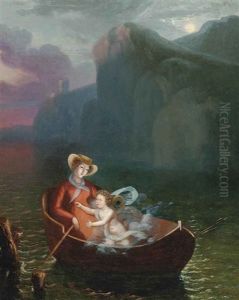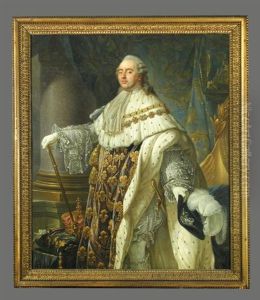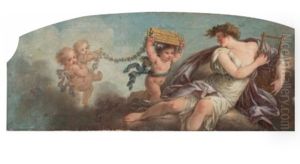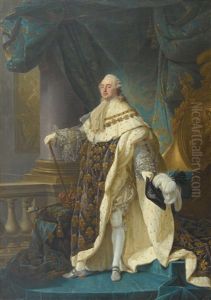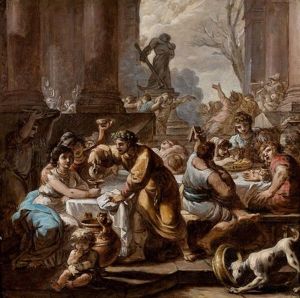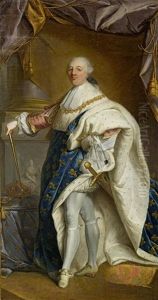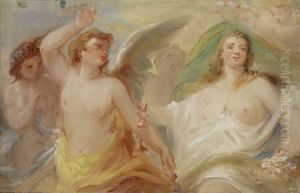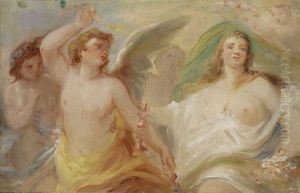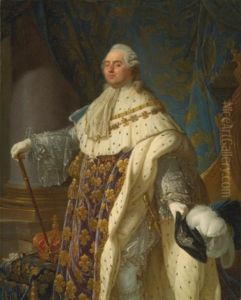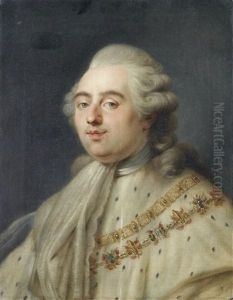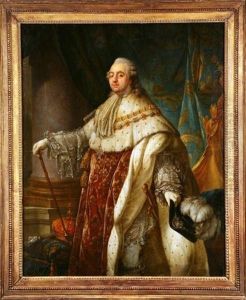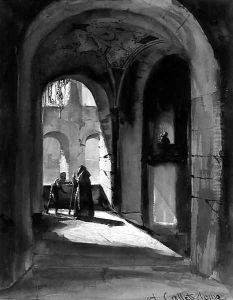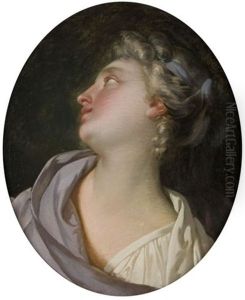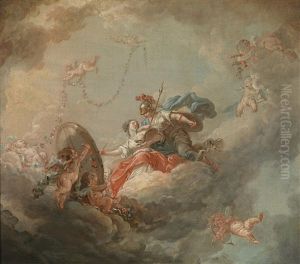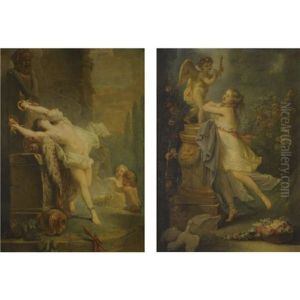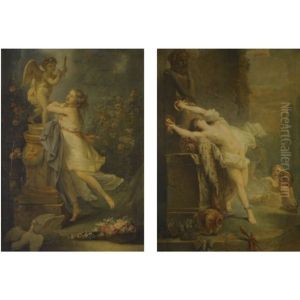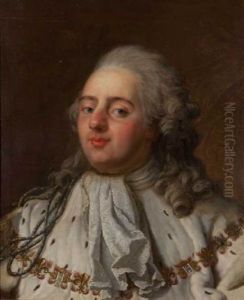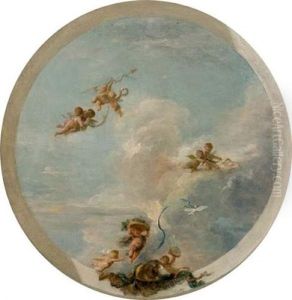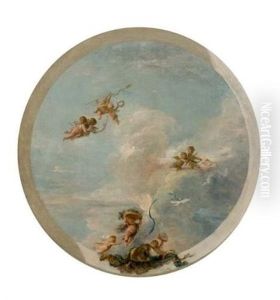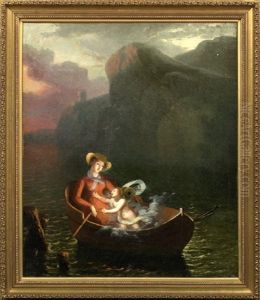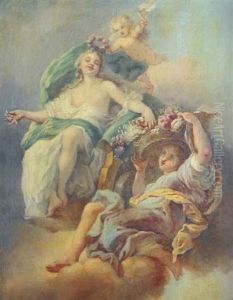Alphonse-Apollodore Callet Paintings
Alphonse-Apollodore Callet, born in 1741 and deceased in 1823, was a French painter who lived during a time of great change and revolution in France, yet he is not as widely recognized as some of his contemporaries. His life spanned from the late Baroque period into the Neoclassicism that emerged in the late 18th century. While Callet's name might not resonate as loudly as that of Jacques-Louis David or Jean-Auguste-Dominique Ingres, his contributions to French art, particularly in the realm of portraiture and historical painting, provide a fascinating glimpse into the era's artistic transitions and the stylistic shifts that characterized French art during his lifetime.
Callet was born into an era when the Rococo style, with its emphasis on lightness, elegance, and frivolous subjects, was beginning to give way to Neoclassicism's more serious, moral, and historically grounded approach. This shift was partly inspired by the discoveries of ancient Roman and Greek civilizations and a new emphasis on the virtues of the classical past, aligning well with the Enlightenment's ideals of reason and civic virtue. Callet's work, though not as prolific or influential as some of his peers, demonstrates this transition in style and thought.
Throughout his career, Callet navigated the changing tastes and political upheavals of his time. His early works are marked by a detailed attention to the human form and a certain adherence to the Rococo's charm, but as he matured, his style evolved towards the more rigorous and austere compositions typical of Neoclassicism. This evolution mirrored the broader societal shift towards a valorization of republican virtues, especially significant during the French Revolution and the Napoleonic era.
Despite the lack of extensive documentation on Callet's life compared to more famous artists of his time, it is known that he was active in the Parisian art scene and participated in the Salons, the official art exhibitions of the Académie des Beaux-Arts in France. His works, though not as revolutionary or politically charged as those of some contemporaries, nonetheless reflect the period's complex interplay between art, politics, and society.
Alphonse-Apollodore Callet's death in 1823 marked the end of a career that had witnessed the decline of the Ancien Régime, the tumult of the French Revolution, and the rise and fall of Napoleon Bonaparte. Though his artistic legacy may not have had a lasting impact on the direction of French art, his life and works serve as a valuable window into the cultural and aesthetic shifts of his time.
